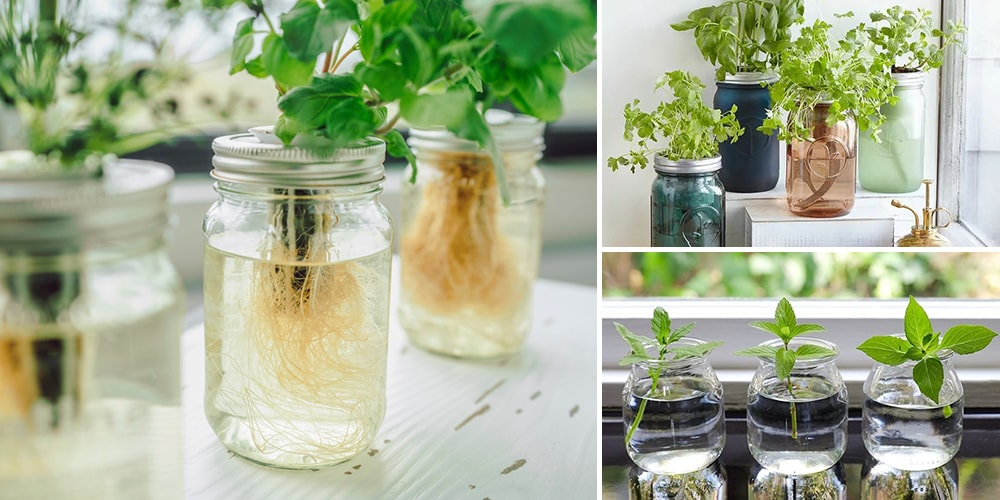
10 Herbs You Can Grow Without Soil
Snipping off fresh veggies and herbs straight from your garden is a satisfying task. That is if you are even blessed with an area where you can grow your own plants. Urban gardening is tricky if you don’t have the space to begin with. If you live in an area with a harsh winter, it can also temporarily suspend your gardening routine.
But good news to anthophiles (yes, that’s plant lovers for you), there are simple tricks for growing your plants indoors. And, you can do so without the need for soil! Soilless gardening is known as hydroponics planting and it is getting more popular nowadays. It uses non-soil mediums like gravel, vermiculite, sand, Styrofoam or water. It is basically like growing plants in a nutrient solution but with an expensive set-up and management.
You can also grow your plants similar to hydroponics. You only need the hardy herbs that can thrive in a soilless medium and sustain their own with little care and maintenance.
How To Grow Plants Without Soil
You cannot grow plants without soil if you start from seeds. Seeds need to root in the soil; otherwise, they will rot in water.
The main requirement when growing plants soilless is that you have an existing plant to start from cuttings. The herbs in the supermarket are viable for re-growing although they have a lower chance compared to when you re-grow a fresh one.
- Snip off a stem from a healthy plant with its leaves and buds. Remove the leaves from the bottom part about one to two inches.
- Fill a glass jar with water up to the brim and place your cutting in it. Make sure that no part of the leaves is touching the water to prevent the growth of mildew.
- Keep the jar in a sunny spot in the house.
- Change the water once in a while to keep bacteria, algae and larvae from growing in them.
Depending on the plant’s growth cycle, roots and leaves may develop sooner or later. This setup is ideal for propagating plants temporarily and transferring them to the garden after the frost, or in a planter. But you may continue to grow them in the jar while supplementing them with soil nutrients and fertilizer used in the hydroponic system.
10 Plants That Grow Without Soil
Perennial plants are the types of plants that do not die but regrow every spring. They survive from season to season and you will commonly see them as groundcovers, herbaceous plants and gymnosperms or cone-bearing plants. Many of these perennials can thrive indoors with water as their growing medium. Below are some examples of such plants:
Sage
Sage (Salvia officinalis) is a popular herb for culinary and medicinal use. Freshly crushed sage gives a peppery depth to dishes and it pairs well with pork and poultry. It is also used as a seasoning or as an ingredient in baked goods.
In complementary medicine, sage is well-valued for its effectiveness in neurodevelopmental and age-related cognitive disorders. Sage is an adaptogenic and adrenal tonic that is highly effective against ADHD, Alzheimer’s and other related diseases. Sage infusion is also a good remedy for digestive and gastrointestinal problems.
Lemongrass
The stalks of the lemongrass (Cymbopogon citratus) can grow new roots in water to provide a steady supply of leaves. Lemongrass is an excellent herb for flavoring food, medicinal application and aromatherapy. It also repels insects so much so that it was traditionally used in stables to protect animals from stable flies. Lemongrass repels mosquitoes. It is especially handy to have it indoors to ward off these bugs.
Growing lemongrass in water is easy. Simply soak the bulb in a jar of water and wait until new roots appear. In no time, you can harvest a bunch of its leaves for use in food and herbal remedies.
Please take note that lemongrass is different from citronella (Cymbopogon nardus). Citronella is the main source of oil for insect repellents while lemongrass oil is mostly used for producing perfumed oil.
Scallions and Leeks
Scallions (Allium fistulosum) and leeks (Allium ampeloprasum) are vegetables you can easily salvage from scrap and grow into new plants. You should consider growing them because they are versatile for many dishes.
Both vegetables are also useful if you need immediate relief from painful insect bites. They are traditionally used for stopping nosebleeds. They are anthelmintic, stomachic, expectorant, vasodilator, diuretic and tonic, among many other uses.
Scallions and leeks are used as a garnish or braised with soups and stocks.
Basil
Basil (Ocimum basilicum) is a prominent herb in many kitchens and restaurants because of its distinct flavor and aroma. It is a staple ingredient in various cuisines and is also used as a food garnish. Basil also has countless uses in medicine, particularly in relieving indigestion and food poisoning. Its effective antimicrobial property relieves many digestive issues like gastroenteritis.
Basil remains widely available anywhere. But instead of buying basil from the store, harvesting it from your kitchen is a better idea. Good thing the plant is not a sensitive grower and can thrive even without soil to grow in.
⇒ Vegetables You Can Stockpile Without Refrigeration For A Full Year (Video)
Mint
Mint (Mentha) is identifiable by its refreshing menthol scent. Peppermint and spearmint are two of the most popular kinds of mint but with different degrees of menthol content. Like most herbs, mint is added to salads and is used to improve the flavor of meat. You can also turn mint into a refreshing hot or cold tea, not just to hydrate but also to take advantage of its healing properties.
Mint leaves are effective against digestive and respiratory problems, fevers, wounds and many types of inflammations. Its most popular use is providing relief from bad breath. It is the reason why mint and its varieties are a staple in mouth care products.
Stevia
Grow your own stevia (Stevia rebaudiana) for a handy natural sweetener you can use in your coffee, tea and other beverages. Stevia extracts have a taste similar to sugar but without unnecessary calories. While it is sweet, stevia does not contain sugar. It only contains natural compounds that the body can easily get rid of.
The plant is valuable for diabetics for keeping their glucose levels in control. If you are hard-wired into wanting to lose weight but hate bland and tasteless food, then stevia is the herb for you. In the wild, stevia plants often grow near bodies of water like ponds and lakes, and will also thrive in water when kept indoors.
Thyme
Thyme (Thymus vulgaris) is a woody perennial that is highly adaptable to various growing conditions. It can survive freezing temperatures and is also adaptable in a soilless medium. Fresh thyme has wide use in traditional medicine particularly in wound disinfection, fungal infections and respiratory issues. It is also effective in treating depression and preventing nightmares.
When growing woody plants like thyme without soil, make sure to use new growth. Its brown stems do regrow new roots but may take longer than if you use the greener parts.
Rosemary
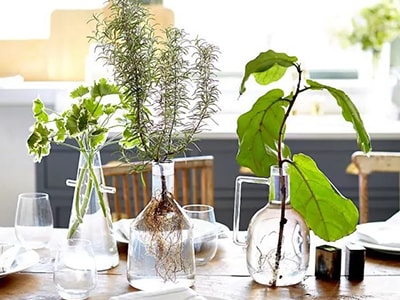
Rosemary (Rosmarinus officinalis) is hardly separable in steak and other meat courses. It is also used as an ornamental plant and has long existed as a traditional cure for a wide range of ailments. Rosemary is super effective in improving mood and boosting memory. It supports circulatory processes and relieves inflammation, spasms and arthritic pain.
The plant is sun-loving but you may still be able to grow it in water without the use of soil. Unlike other plants though, rosemary is a slow grower. So, expect new root formation for a couple more weeks compared to other plants.
⇒ How to Protect Your Garden from Pests and Diseases (Video)
Lavender
If you want to keep your room smelling good, then go ahead and grow yourself some lavender. Lavenders (Lavandula angustifolia) are dainty herbs often used as ornamental and natural air fresheners. When used in aromatherapy, lavender effectively induces sleep and relaxation with its sedative effect. If you have a headache, skin problem or digestive complaints, take its warm infusion or use it as a poultice.
Lavender is tolerant to drought and can survive temperate climates. Its stem cutting is also viable for planting in water without soil. When growing them, make sure that the roots are completely submerged in water to allow them to mature.
Ginger
Giner (Zingiber officinale) is a rhizome you would easily reach out to for many body ailments. It covers an extensive list of health problems from nausea and motion sickness to digestive issues, respiratory problems, pains and allergies. Its rhizome is also an indispensable spice in a wide array of dishes.
Fortunately, ginger grows well in water and is commercially grown in many hydroponic setups. But since it is a rhizome, rooting it in compost before transferring it to water will make germination more possible.
Takeaway
Growing your own plants at home ensures that you have an ample supply anytime you need one. It can help you survive without having to run to the pharmacy or supermarket for medicinal and culinary needs. To help your plants bloom throughout the year, clip their leaves and harvest them when needed. Regular clipping of plants encourages new leaf growth to make them thrive lushly and healthily even without being anchored to the ground.






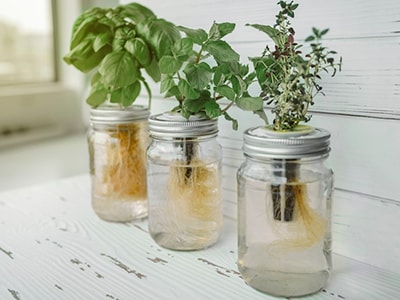
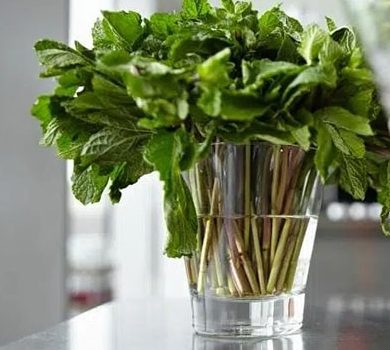
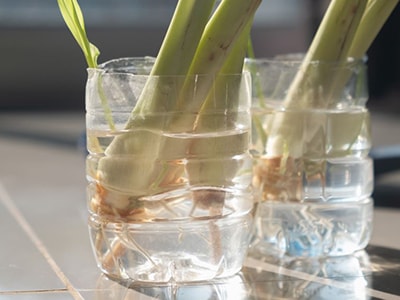
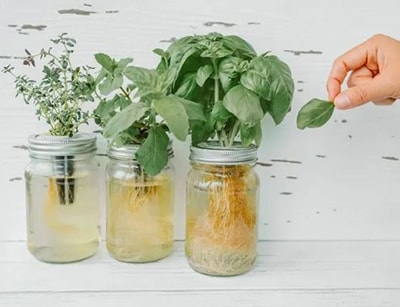
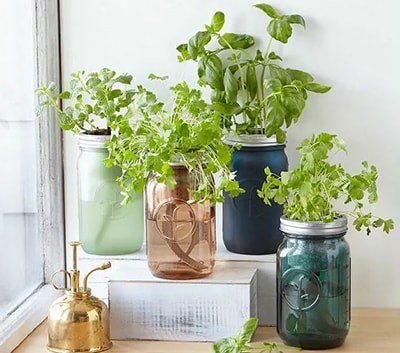
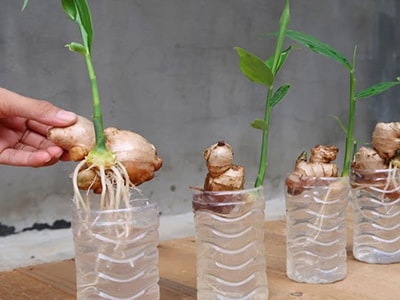
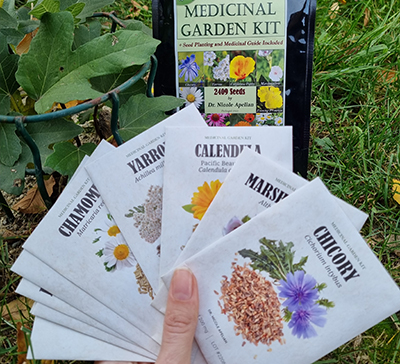

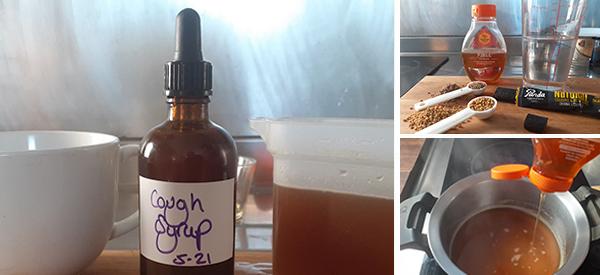
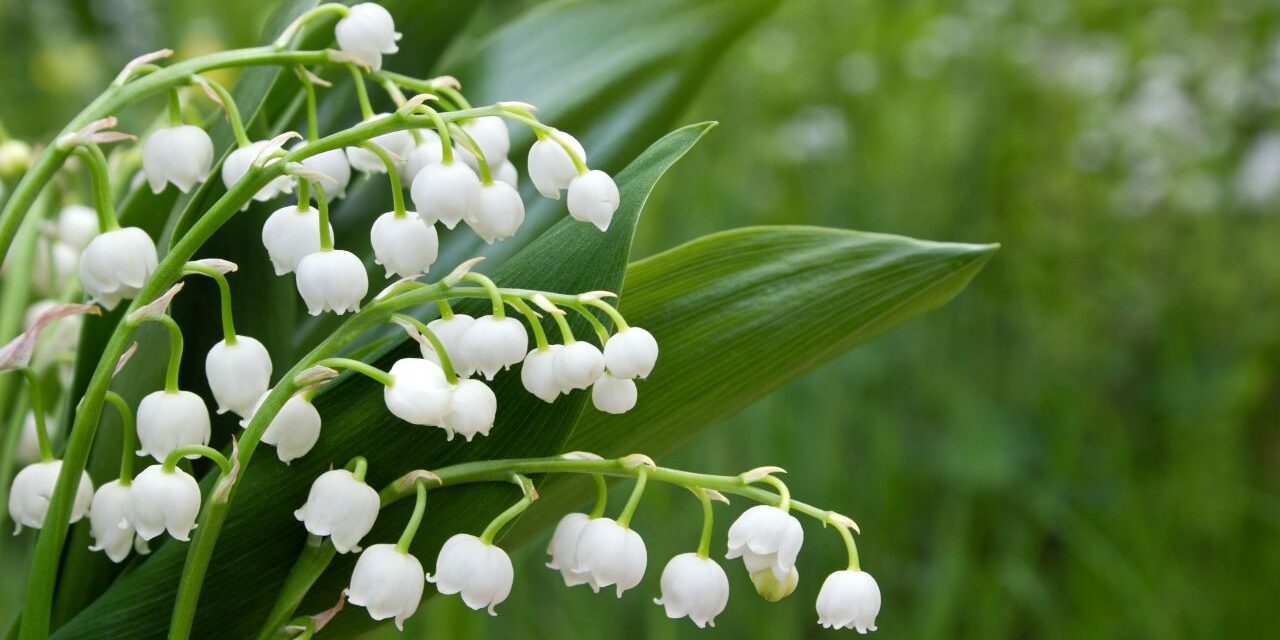
how will the plants get nutrients?
Hi Delinke,
Thank you so much for your interest in our article!
Change the water every few days to keep it fresh and oxygenated. You can also add a few drops of liquid fertilizer to the water every few weeks to give your herbs some extra nutrients. Depending on the plant’s growth cycle, roots and leaves may develop sooner or later. This setup is ideal for propagating plants temporarily and transferring them to the garden or in a pot. But you may continue to grow them in the jar while supplementing them with soil nutrients and fertilizer used in the hydroponic system.
Many blessings and good health!